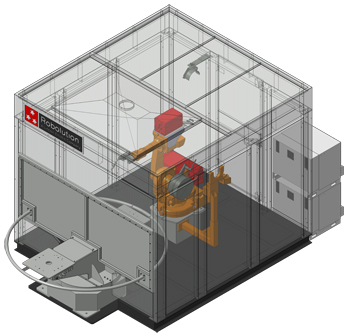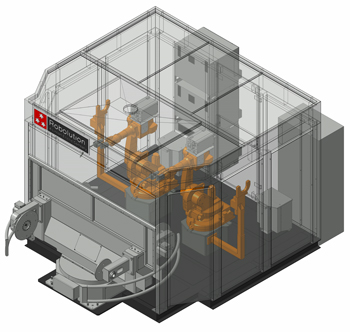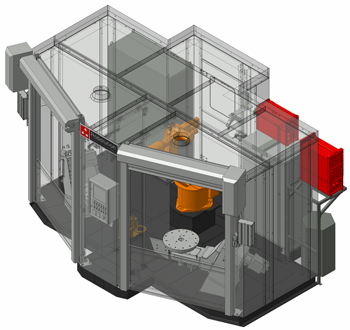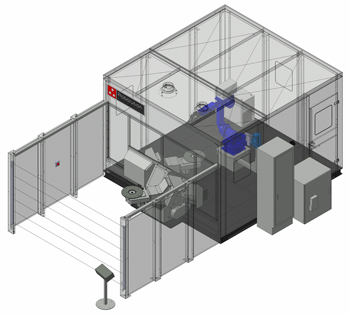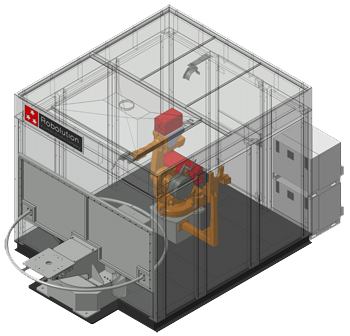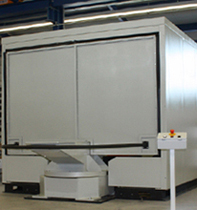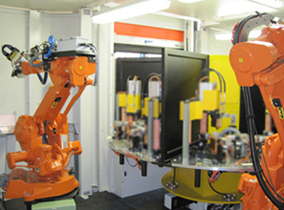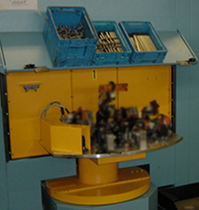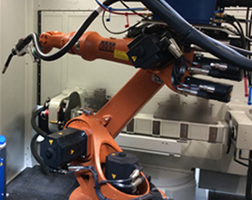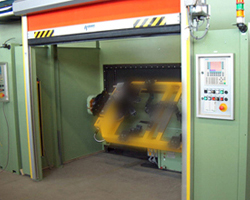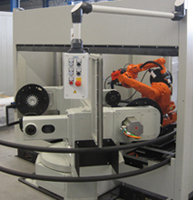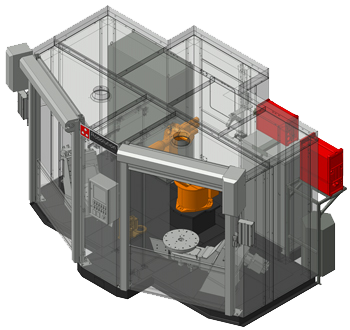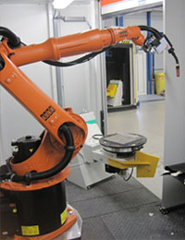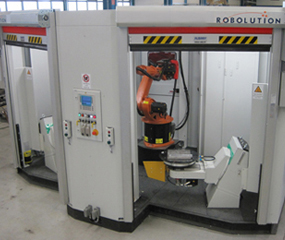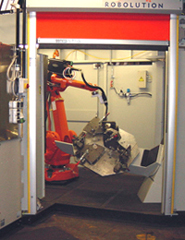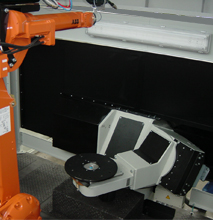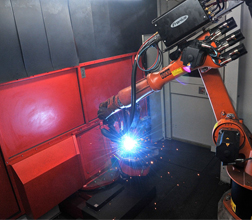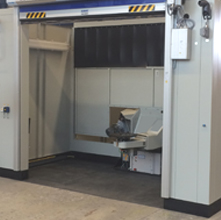Standard Cell
TURN FIX
Standard Cell
TURN ROT
Standard Cell
TURN TIL
Standard Cell
TURN ORB
Do not confuse standard with normal measurement. For Robolution , standard cells means that these designs have already proven themselves many times and are very popular among customers. One reason for this is the great variability. Robolution is fully equipped to meet your needs and will be pleased to advise you. The product range is based on a modular design. Modules offer a high variability, without neglecting the individual needs of the customer and his product to be welded.
Reliable partners in the field of robotics include renowned manufacturers such as ABB, KUKA, FANUC and YASKAWA MOTOMAN.
In the area of welding technology, the systems can be supplied with components from ESAB, ESS, EWM, Fronius, Kemppi, Lorch, Merkle, SKS and Lincoln. As a burner technology, components from Abicor Binzel, DINSE, Fronius, TBi Industries and SKS are used. Further manufacturers in the field of welding technology on request.
In this way, Robolution guarantees you a high degree of integration and flexibility, combined with an optimal low spare parts storage.
TurnOrb
Advantages
- Mobile compact cell
- Short set-up and dismantling times
- Change of position using Expert basic drive
- Table assembly with 2 pieces TurnTil 300 turn-tilt modules, for turning the components into the optimum welding position
- Applicable for processes such as MIG / MAG / TIG welding, gluing etc.
- Installed with robots from ABB, KUKA, Fanuc and YASKAWA
- Available with light barrier or roller door in the insertion area
Modular Construction
A new type of exchange system makes it possible to add another robotic or other positioner to the system, without the need for complex technical means.
Compact Construction
The entire production cell is built on a self-supporting base frame and forms a transport and stacking unit. The basic frame carries all components such as robots with control cabinet, positioning system, burner cleaning system, power source and safety devices, as well as all power connections.
2-Station Operation
The system concept is based on the 2-station principle. While the robot is working in the first station, the operator can remove the finished welded component in parallel in the other station and then retrofit it. After loading, the operator activates the start button. If the component is finished by the robot on the corresponding working side, the change of the station is carried out and the cycle begins anew. The processing time of the robot can thus be used optimally.


